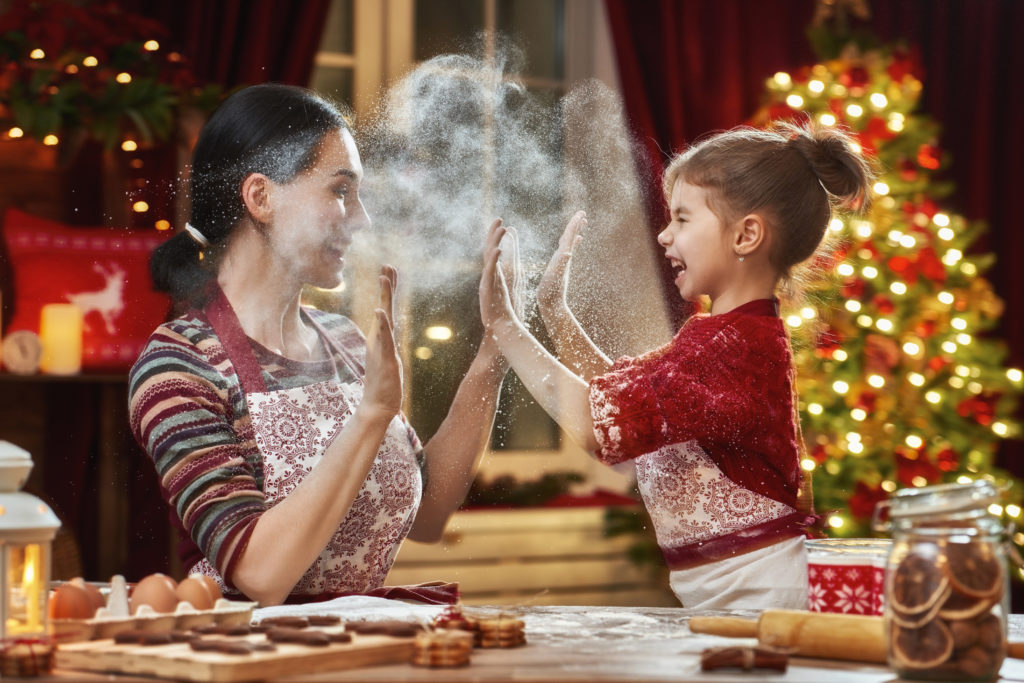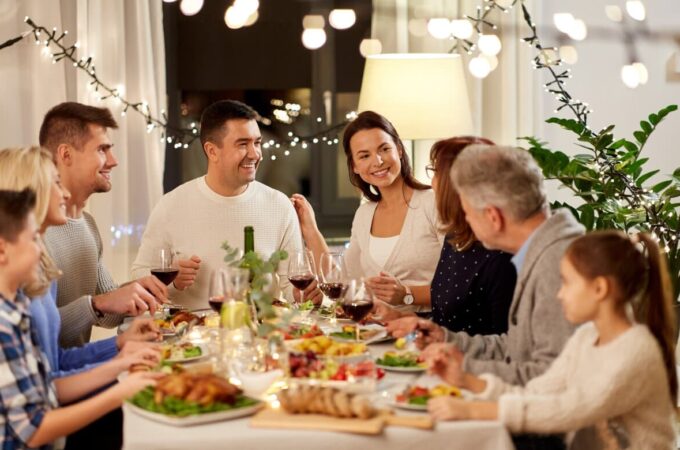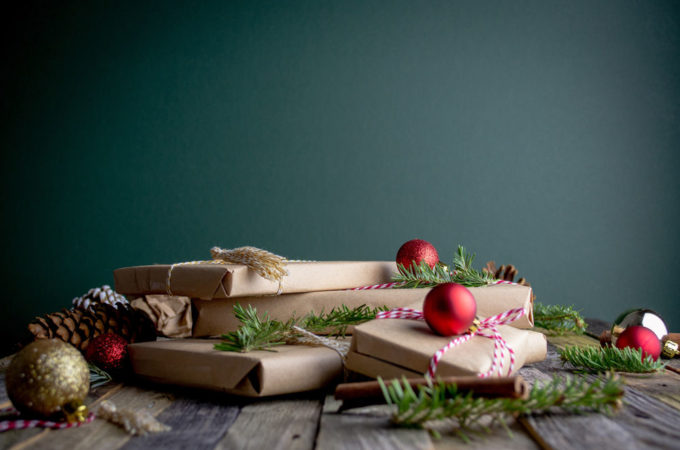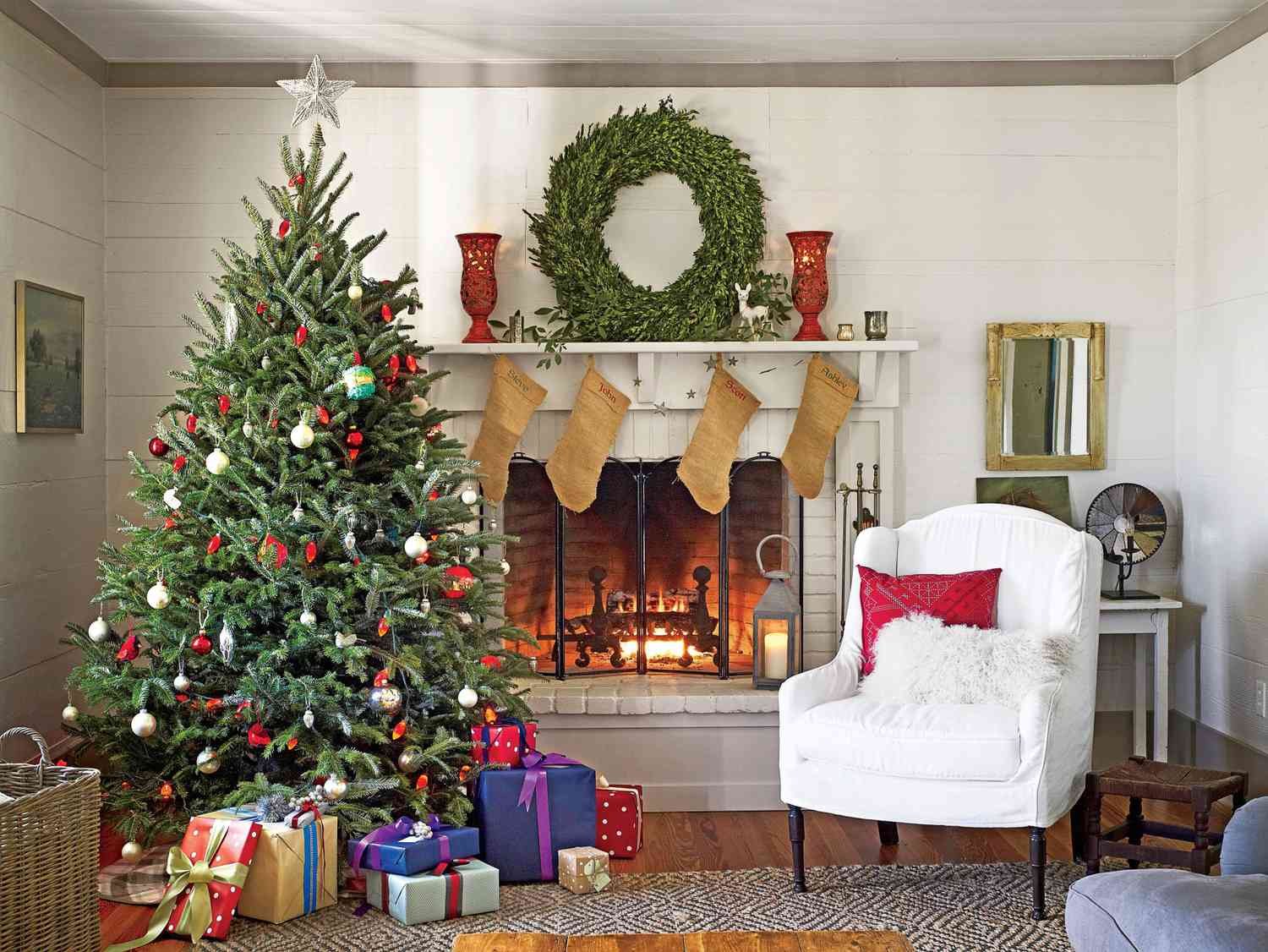
Christmas Traditions You Didn’t Know Existed
Christmas is a magical time of year, filled with love, family, kindness and laughter. With all this excitement, it’s the perfect time to let your child’s imagination run wild, and what better way to really get into the Christmas spirit than to explore festive traditions from around the world? Together, you can learn, create memories, and even start your own family traditions, inspired by the Christmas traditions you didn’t know existed… until now.
Read on to find out more.
The UK
We celebrate the festive period with many traditions in the UK, such as singing carols and decorating Christmas trees, although these traditions are also present throughout much of the world.
Christmas trees originally began as a Pagan tradition, and were used to bring colour and light to homes in the dull winters. They’re said to have roots in Germany, and became a firmly established tradition by the 19th century. They took the trees to other countries, such as England, in the 1790s, where Charlotte, the German-born wife of King George III, decorated the trees for the holiday.
Sweden
Decorating our homes with reindeer, mice, and other festive animals seems pretty standard, but how about adding in a goat? The Yule Goat has been a popular Christmas symbol in Sweden, and can be dated back to ancient Pagan festivals. In 1966, a giant straw goat was built, and has continued to be built in the same place every year since. It’s more than 42 feet high, 23 feet wide, weighs 3.6 tonnes, and is referred to as the Gävle Goat.

Japan
Christmas isn’t a national holiday in Japan, but many families still take the opportunity to get together and celebrate. Rather than cooking the traditional Christmas dinner, many families head out to their local KFC, queuing for hours (if they haven’t pre-ordered months in advance) to get their hands on some Christmas chicken. The tradition started in 1974, when KFC launched a campaign called “Kurisumasu ni wa kentakkii!” which means “Kentucky for Christmas!”
Iceland
Imagine singing the whole of “12 days of Christmas”, and when you finally reach the end, realise there’s actually a 13th. Well, in Iceland, they celebrate 13 days of Christmas, where each night, children place their shoes by the window and are visited by the 13 Yule Lads. In the morning, their shoes will either be filled with sweets, if they’re good, and rotten potatoes if they’re bad.
Ireland
In Ireland, many houses leave a tall red candle in their front window as a welcoming symbol of warmth and shelter for the holiday season. Traditionally, they’ll tuck into homemade roast goose, vegetables, cranberries and potatoes on Christmas day.
Poland
In Poland, Christmas dinner is often not served until the first star appears in the sky, and an extra place is set at the table just in case someone shows up uninvited. On Christmas eve, families share an unleavened religious wafer, known as oplatek. Each person breaks off a piece as they wish each other a Merry Christmas.

Austria
In Austria, children leave a list of their good and bad deeds on December 6th, and a mischievous creature called Krampus rewards good children with sweets, apples and nuts, leaving children with more bad deeds worried about what Krampus might bring them. Krampus, unlike the jolly, bearded, kind old man that represents Santa Claus, is a legendary devil-like creature. No wonder the ‘bad’ children are worried!
El Salvador
Lastly, in Central American countries like El Salvador, Christmas is welcomed on December 24th and 25th by fireworks displays. Children celebrate with smaller firecrackers called volcancitos, which translates to ‘little volcanos’, and estrellitas – ‘little stars’. Now that’s how to start Christmas off with a bang!
So, if you have other family members, or your child has friends at nursery, from somewhere else in the world, together, you can find ways to be more inclusive! Whilst exploring and creating some of your own traditions, why not use some that are popular in other countries too.
Admittedly, some are slightly more appealing than others, but learning the different ways in which the holidays can be celebrated introduces new, creative ways for you and your little one to get feeling festive.



